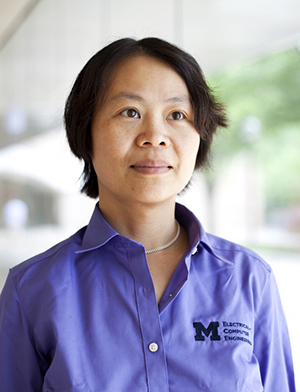News Story
Baras delivers distinguished lecture at the University of Michigan
During a visit to the Electrical Engineering and Computer Science Department of the University of Michigan, Professor John S. Baras (ECE/ISR) delivered a distinguished lecture in its Control Seminar Series.
Baras spoke on “Cooperative Multi-Agent Systems and ‘Magical’ Graphs.” He described a general model for cooperative multi-agent systems he recently developed and analyzed that involves several interacting dynamic multigraphs. He also identified three fundamental research challenges underlying these systems from a network science perspective; he is currently addressing these within his research group.
Baras showed that the framework of constrained coalitional network games captures in a fundamental way the basic tradeoff of benefits vs. cost of collaboration, in multi-agent systems, and he demonstrated that it can explain network formation and the emergence (or not) of collaboration. He then described his investigations and results on the interrelationship between the collaboration and communication multigraphs in cooperative swarms and the role of the communication topology, among the collaborating agents, in improving the performance of distributed task execution.
Baras showed analytically that Small World graphs emerge as a good tradeoff between performance and efficiency in consensus problems, where the latter serves as a prototypical multi-agent decision problem. He then discussed extensions to expander graphs (the “magical” graphs of Pinsker) and presented several results on designing efficient communication topologies for collaborative control, some inspired from biology.
On the March 8-9 trip, Baras also held meetings with several of the faculty in controls, communications and systems engineering.
Published March 30, 2012






